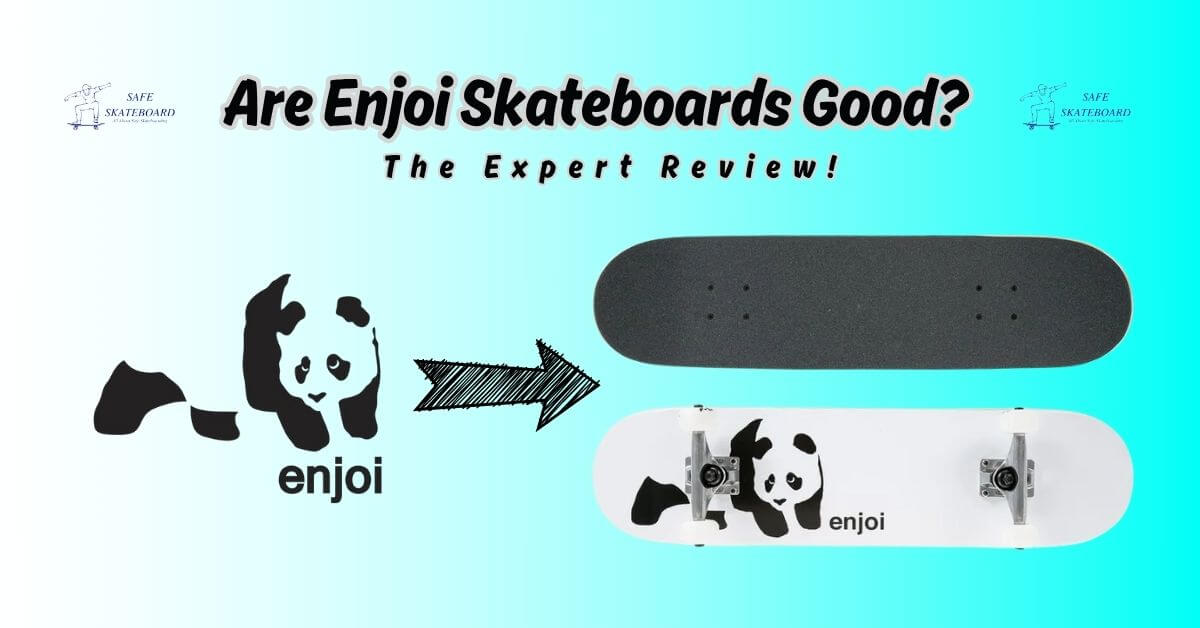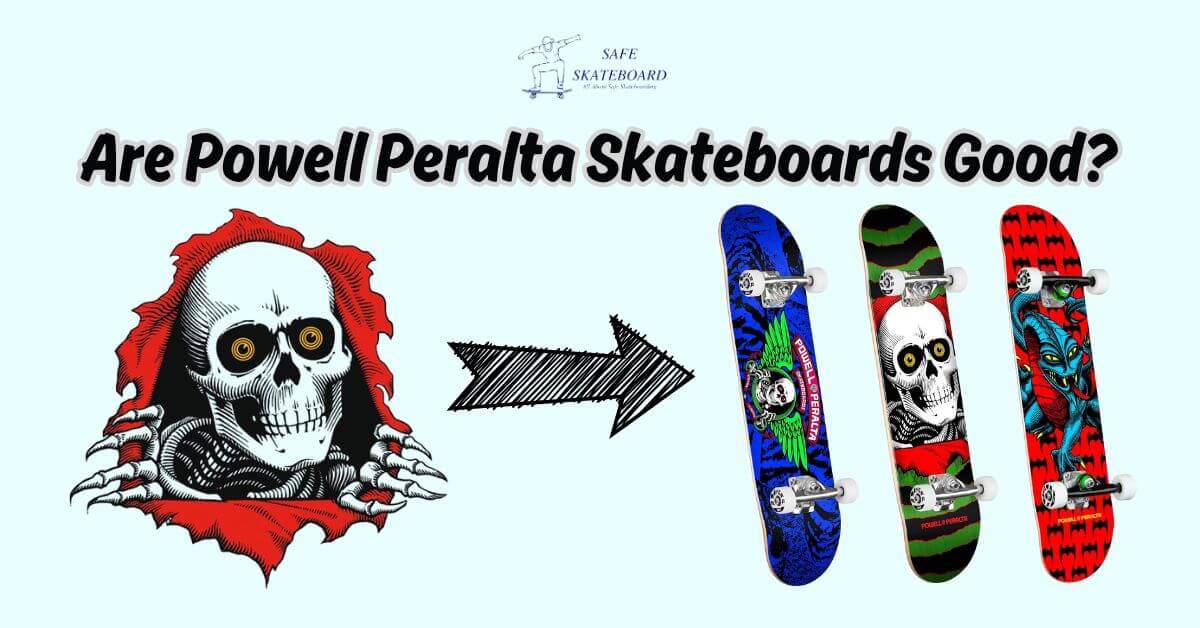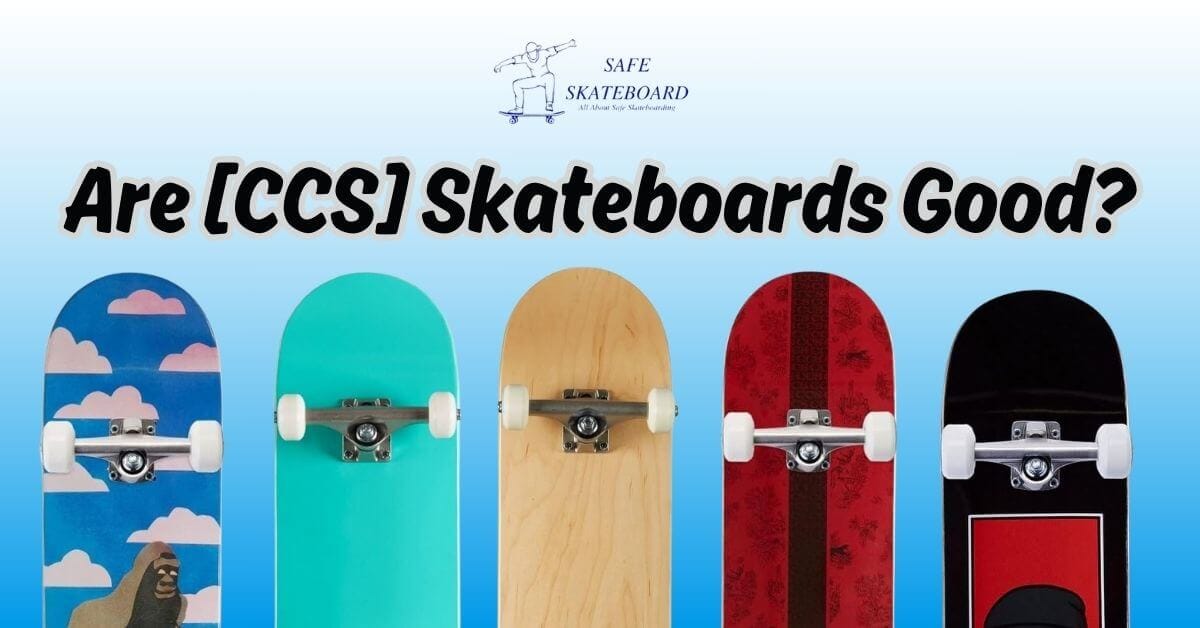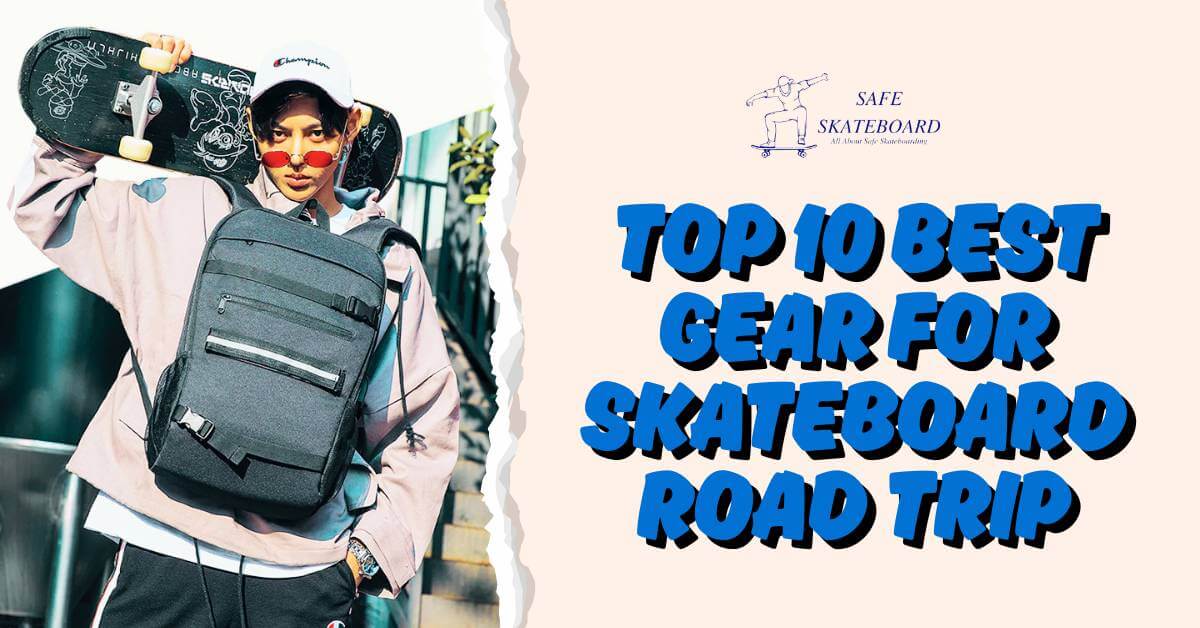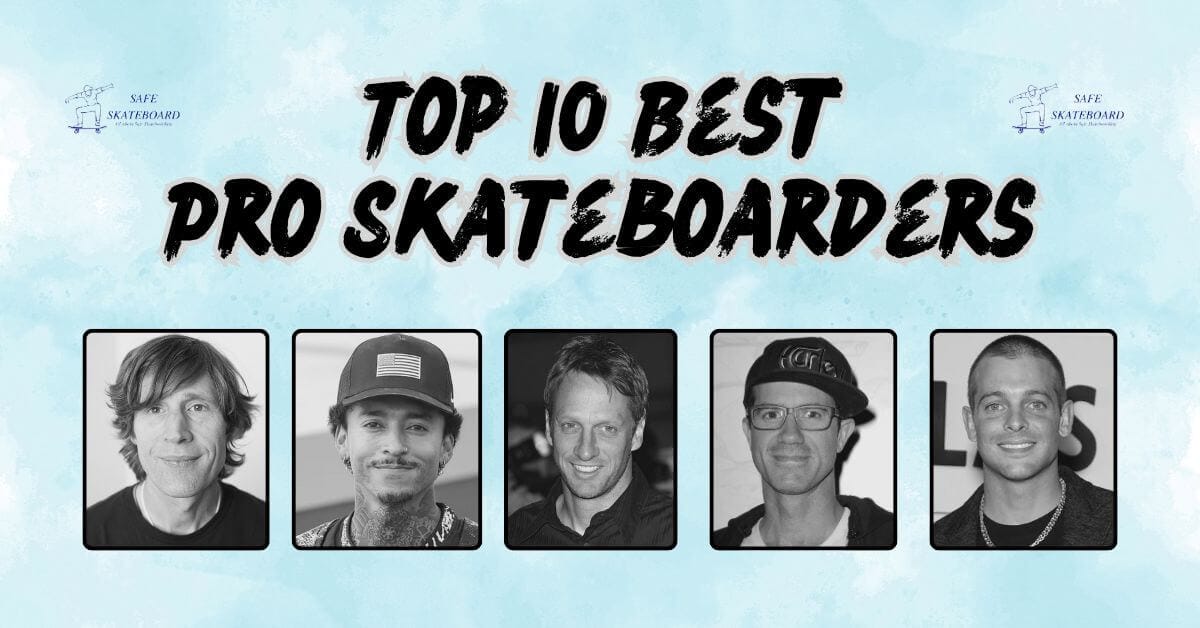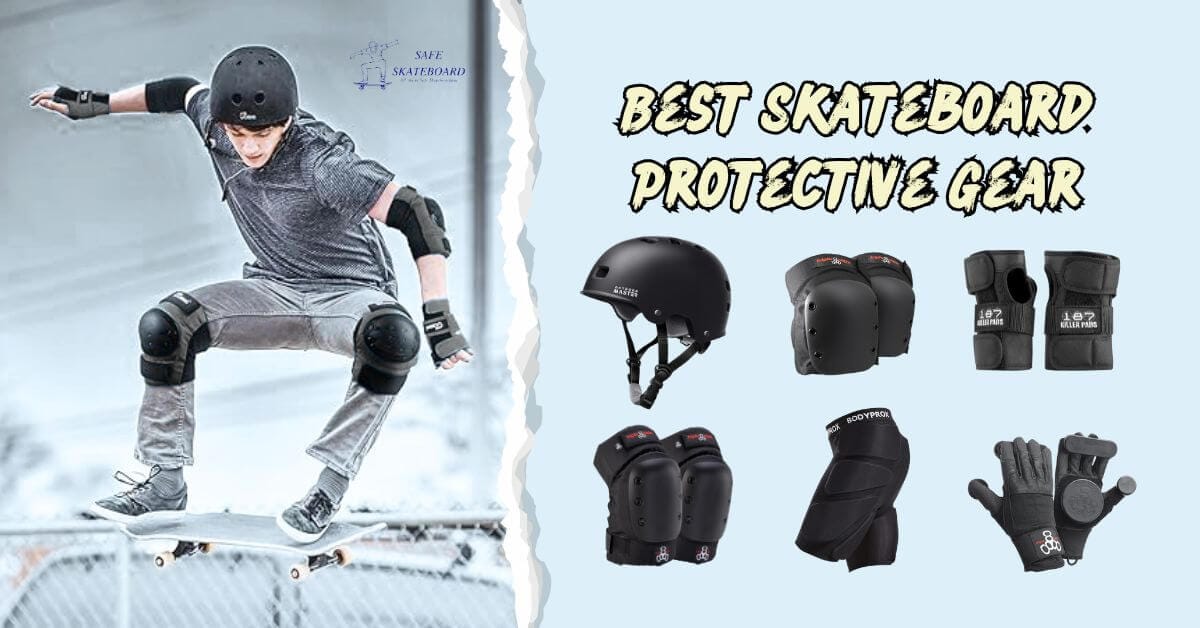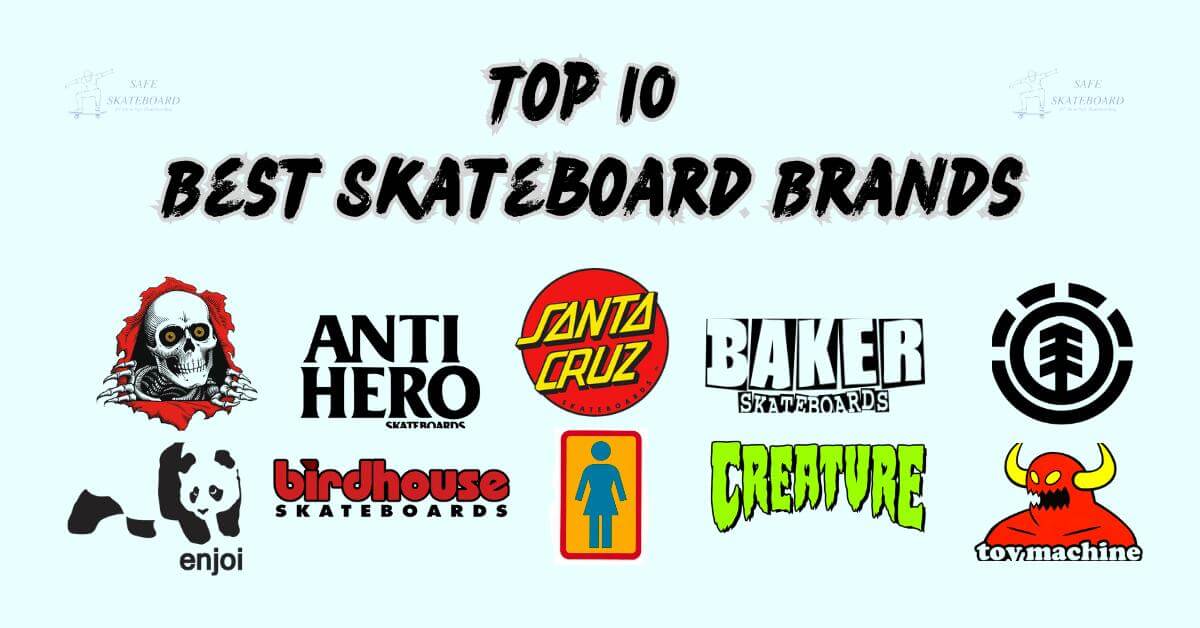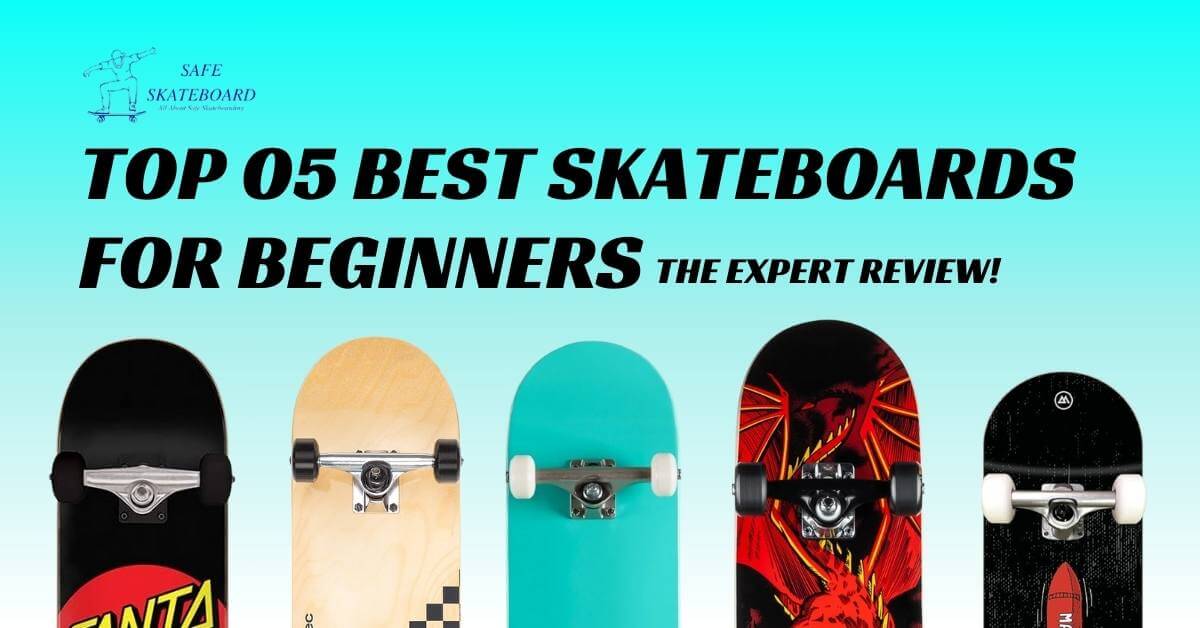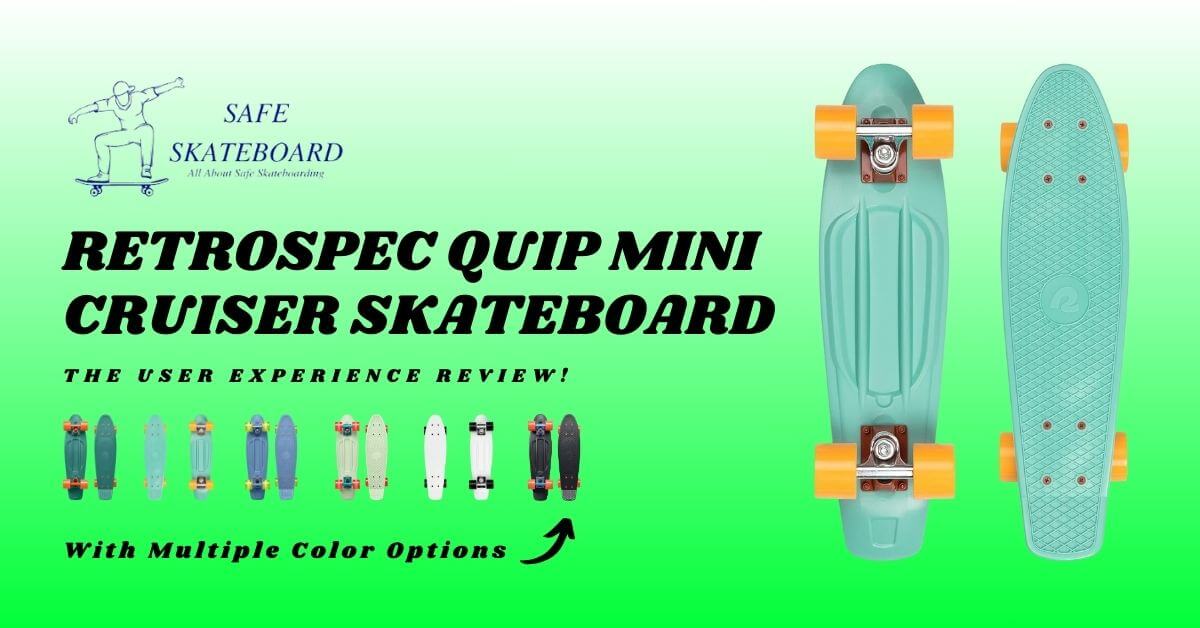Skateboarding is an exhilarating sport and lifestyle that’s captured the hearts of millions around the world. More than just riding a board on wheels, skateboarding combines athletic skill, creativity, and personal style, making it a unique form of self-expression.
This guide covers everything you need to know about skateboarding. From the basics of the different types of skating to why people love skateboarding and what makes it so exciting.
So, are you ready to ride in the skateboarding world? Let’s dive in!
What is Skateboarding?
Skateboarding is a fun and active way to ride on a board with four wheels. You stand on the board, push with your foot, and roll forward. You can ride for fun, to get around, or to try cool performing tricks.
Many skaters learn moves like ollies, flips, and slides. Some ride in skateparks. Others skate on streets and sidewalks. Each skater has their own style.
Skateboarding is more than just a sport. It’s also art, music, and fashion. Skaters support each other and grow as a group.
Anyone can skate. All you need is a board, safety gear, and a little time.
The Basic Parts of a Skateboard
If you’re new to skateboarding, it helps to know your board inside and out. In this section, I’ll break down each part in simple words so you can understand what makes your board roll, turn, and pop!
01. Skateboard Deck: Where You Stand
The deck is the flat board you ride on. Most decks are made from strong maple wood. They’re built to bend slightly but stay tough.

The top is covered in grip tape. That rough surface keeps your feet from slipping. Decks come in different widths and shapes, depending on your size and style. Wider decks are better for beginners. They give you more balance.
02. Trucks: How You Turn
Trucks are the metal parts under the board. They hold the wheels and let you turn. Each truck has an axle and a kingpin (the part you can tighten or loosen).

- Tight trucks: More control and less wobble.
- Loose trucks: Easier to turn and carve.
Start with medium-tight trucks and adjust as you learn.
03. Wheels: Roll Smooth, Ride Fast
Wheels are round and made from polyurethane (a strong, rubbery material). They come in different sizes and hardness levels.

- Big wheels: Great for cruising. They roll over cracks and bumps.
- Small wheels: Quick and light for tricks.
- Soft wheels (78A–87A): Smooth on rough roads.
- Hard wheels (95A+): Better for skateparks and tricks.
Tip: For beginners, go with softer, medium-sized wheels (around 54mm–60mm).
Detailed Explanation of Skateboarding Styles: Beginner-Friendly
Skateboarding isn’t just one thing. There are many ways to ride. Each style has its own feel, tricks, and board type. Let’s break down the most common ones so you can find your favorite.

01. Street Skating
Street skating is about using everyday spots like stairs, rails, benches, and curbs. Skaters do flip tricks, grinds, and slides. The boards are light and small, which makes them easier to flip and control. This style is creative, but it takes time and practice to get good.
02. Vert Skating
Vert stands for vertical. You skate on big ramps or halfpipes. Riders go high in the air and do big tricks. It looks awesome, but it can be scary at first. You’ll need a helmet and pads for safety. Start small and build your skills slowly.
03. Skateboard Cruising
Cruising is smooth and easy. It’s perfect for relaxing rides around the block, campus, or beach paths. You’re not doing tricks—just riding. Cruiser boards or longboards are best. They roll over cracks and bumps better, making the ride soft and fun.
04. Freestyle Skateboarding
Freestyle is all about balance, flow, and style. Skaters spin, flip, and dance on flat ground. It’s creative and great for learning board control. You don’t need much space, so you can even practice in your driveway.
05. Park Skating
Park skating happens in skateparks. These parks have ramps, rails, bowls, and ledges. You can try street tricks or vert moves in one place. It’s a fun and safe way to try new things, and you’ll meet other skaters too.
06. Downhill Skateboarding
Downhill is fast and powerful. You ride down big hills on a longboard. This style needs control, focus, and safety gear like gloves and a helmet. It’s not for total beginners, but many riders work up to it over time.
How to Start a Skateboarding Journey? Step-by-Step Beginner’s Guide
Want to start skating? You don’t need to be a pro. Just follow these easy steps, and you’ll be rolling in no time.

- Get the Right Board: Pick a board made for beginners. A basic skateboard or a cruiser is perfect. Make sure it’s not too small or too wobbly. You want something that feels solid under your feet
- Wear Your Safety Gear: Safety is super important. Always wear essential protective gear like: a helmet, knee pads, elbow pads, and wrist guards too. They protect you from falls and give you more confidence.
- Find a Good Spot: Start on flat, smooth ground. Look for empty parking lots, basketball courts, or driveways. Avoid hills and rough streets at first. A calm space helps you focus and learn safely.
- Learn to Stand and Push: Put one foot on the board and the other on the ground. Push gently and step on. Keep your knees bent and your body relaxed. Practice until standing and pushing feel easy.
- Practice Turning: To turn, lean your body in the direction you want to go. Go slow. Try wide turns, then tighter ones. This helps you feel more in control.
- Don’t Rush Into Tricks: Everyone wants to learn tricks fast, but wait a bit. First, get good at riding, turning, and stopping. Once you feel steady, try an ollie or a simple manual.
- Keep Riding: You will fall. That’s normal! The key is to keep trying. Every ride teaches you something new. With time, you’ll feel freer and confident on your board.
Why People Love Skateboarding
People love skateboarding for the freedom, creativity, and sense of accomplishment it brings. Unlike many sports, skateboarding has no set rules. Each skater can develop a unique style and approach, exploring tricks and techniques that feel right for them.
It’s a way to express individuality, push personal limits, and enjoy the thrill of mastering challenging moves. Skateboarding also fosters a strong sense of community; skaters bond over shared experiences.
Whether learning together at a skatepark or cheering each other on. Skating is a mix of physical skill, artistry, and camaraderie—it is a lifestyle as much as it is a sport.
Frequently Asked Questions (FAQs) About Skateboarding
What equipment do I need to start skateboarding?
To start, you need a skateboard, which consists of a deck, trucks, wheels, and bearings. Essential safety gear also includes a helmet, knee pads, elbow pads, and wrist guards for safety.
Is skateboarding safe?
Like any physical activity, skating can be risky. Wearing appropriate safety gear and practicing in a safe environment can greatly reduce the chances of injury or destroying your knees.
How old is too old for skateboarding?
There is no specific age at which someone is “too old to skateboard“. Many skaters continue to enjoy the sport well into adulthood and beyond. The key is to skate at your own pace, listen to your body, and adapt your style to your fitness level.
Final Thoughts
Whether you’re looking to get active, challenge yourself with new tricks, or connect with a unique culture, skateboarding offers all of that and more.
As a beginner, remember to start with the basics, stay safe on the skateboard, and have fun. Every skater starts somewhere, and with practice, you’ll be ready to take on new tricks and enjoy the sport fully.
Now that you know what skateboarding is, grab a board and get rolling!








